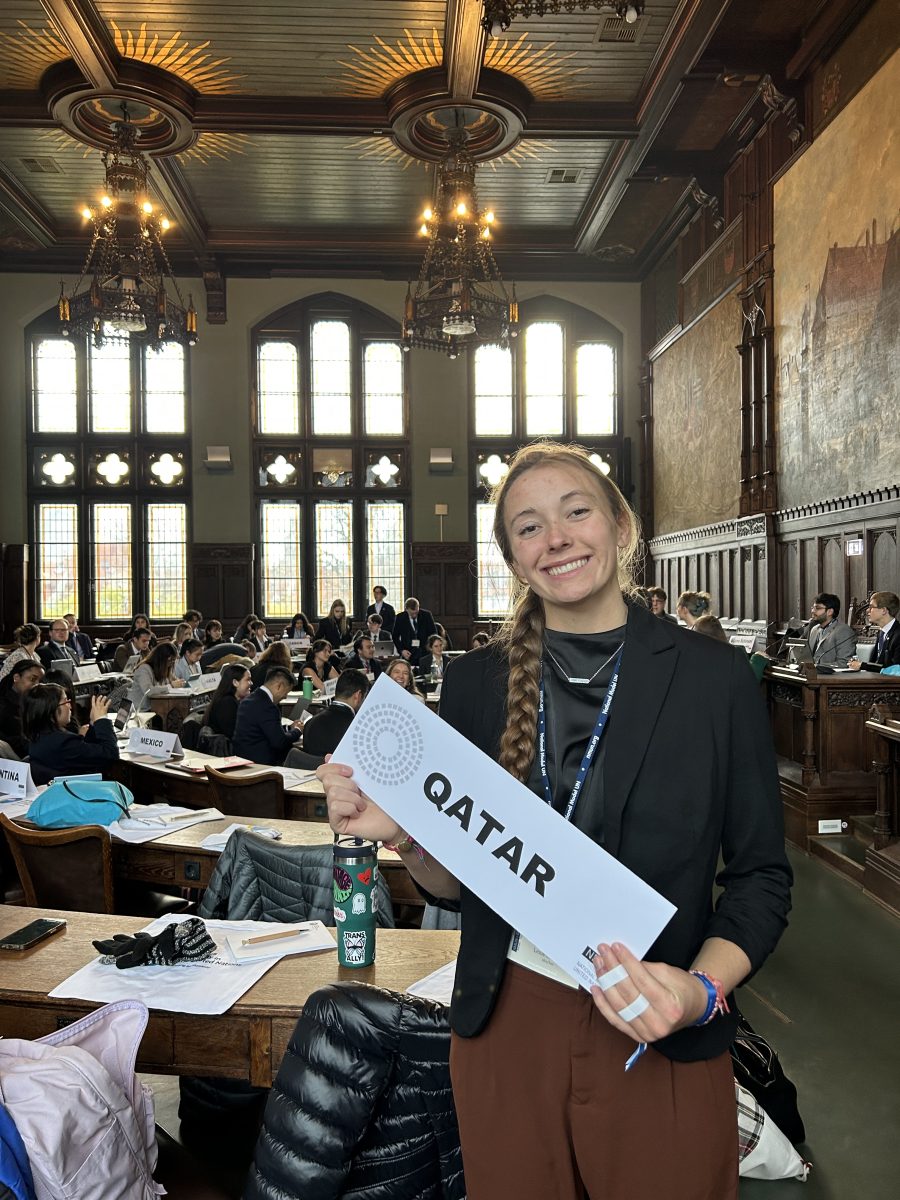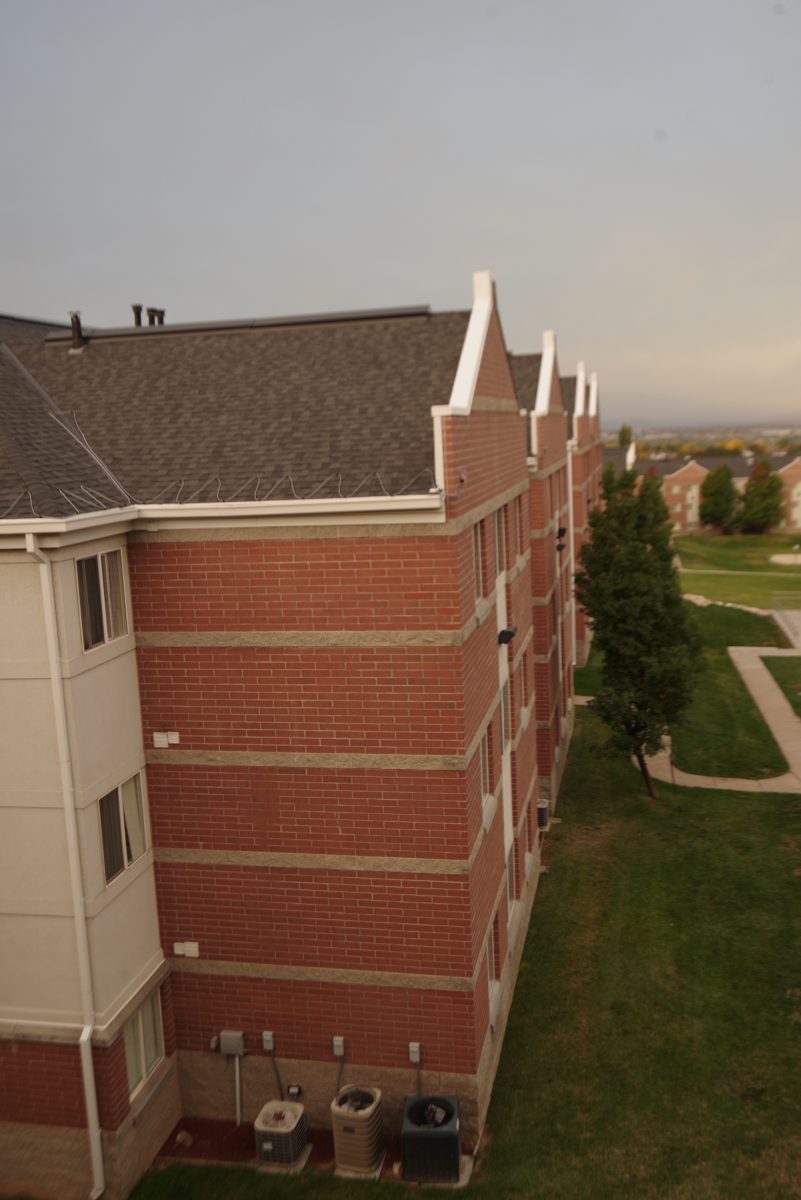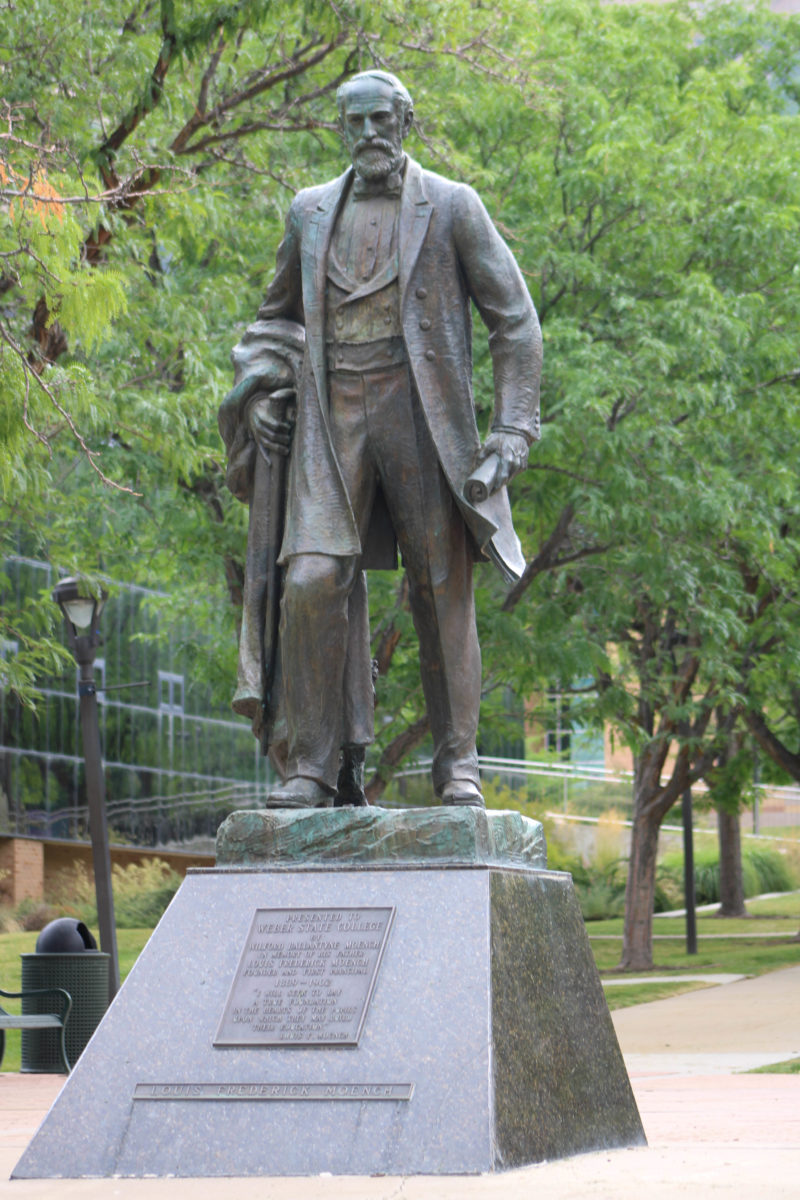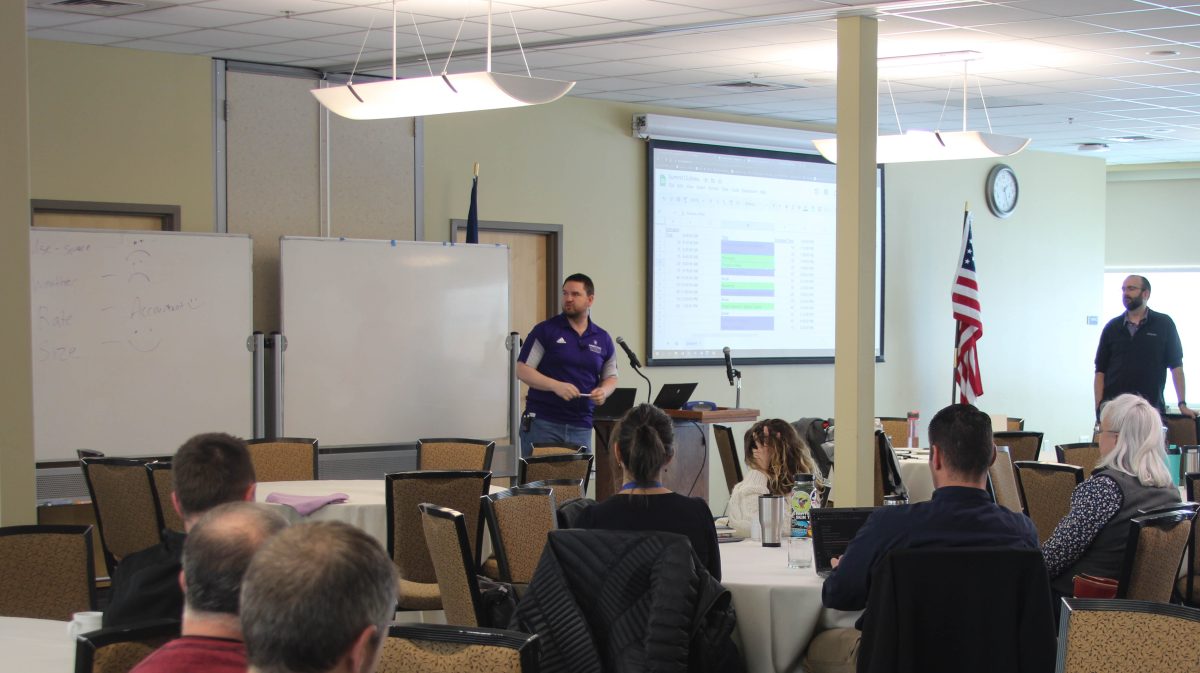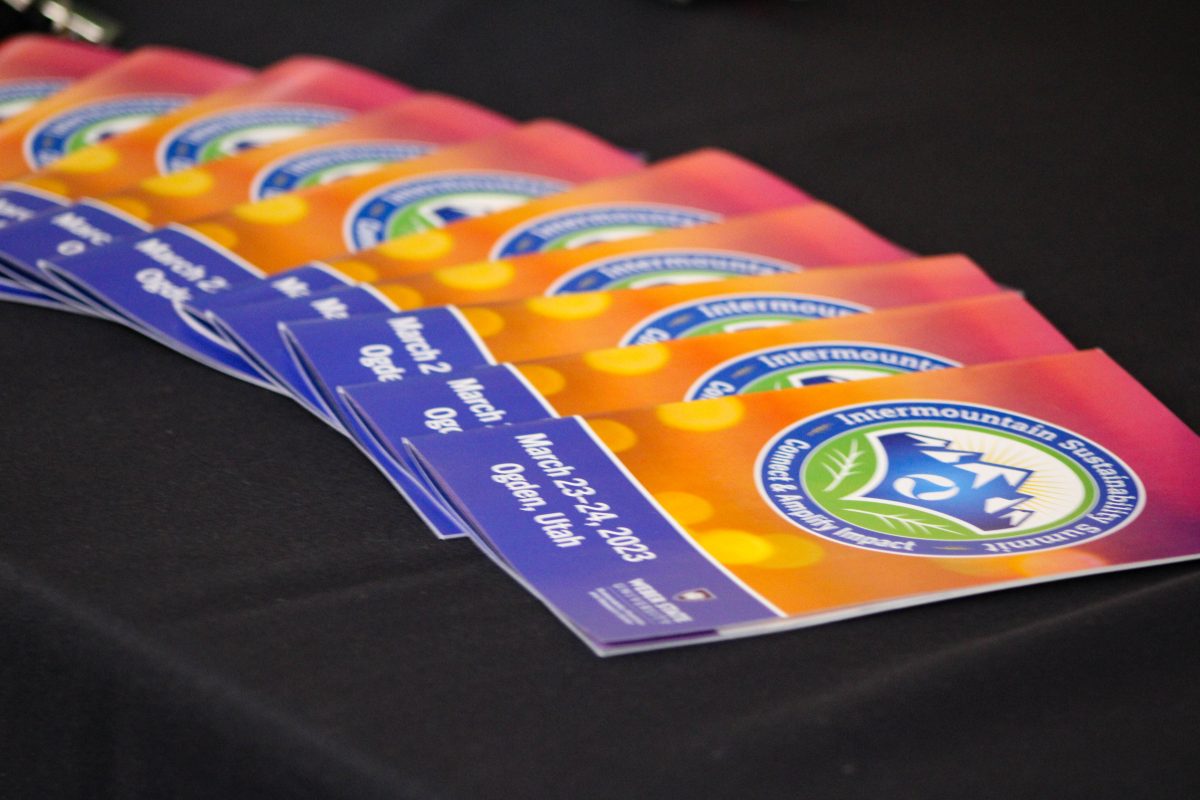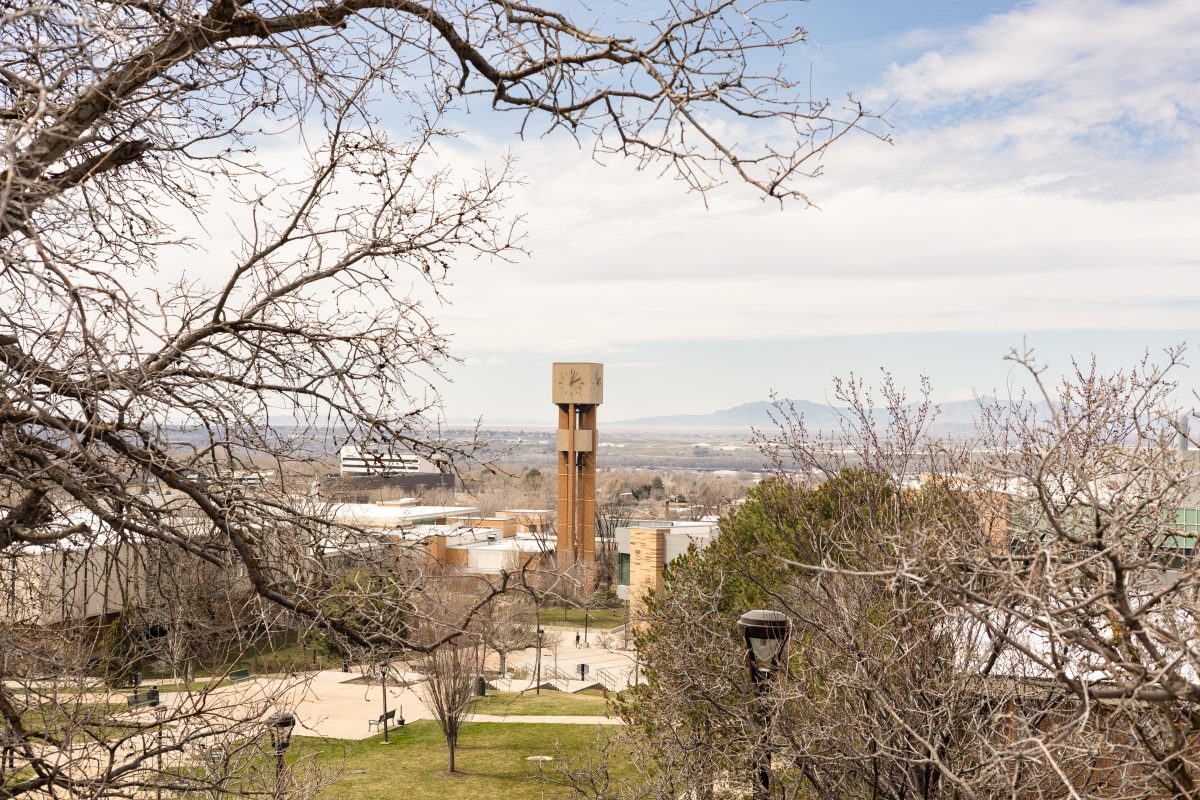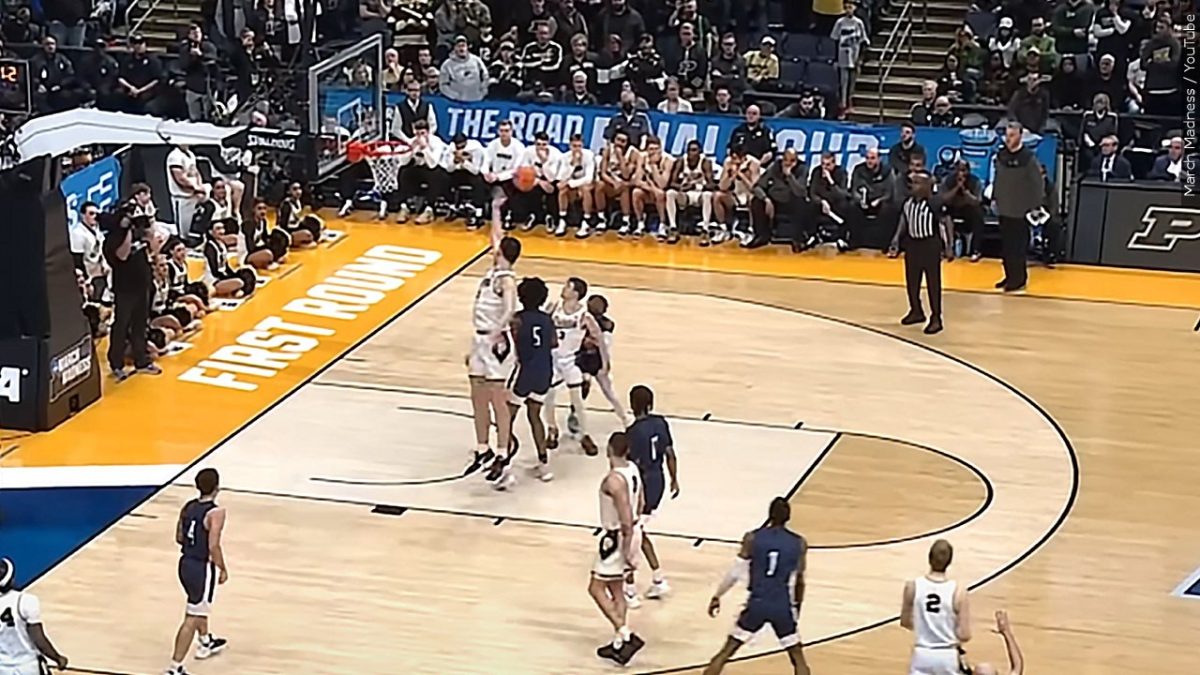
Although we might not want to admit it, technology and education have rapidly become entwined. Companies are constantly producing technology to enhance the educational experience.
Although, like all advancements in our society, there are often problems that come along with them. The problem that arises with this mutually beneficial relationship is when universities have older buildings that can’t keep up with the technology.
While these buildings might give students an adequate educational experience, they quickly fall behind the times in terms of their ability to incorporate new technology as it becomes available.
One might think that it’s not that hard for any building to incorporate technology. On the contrary, it can be difficult for an older building to be updated.
When an older building does not have sufficient lighting, the educational experience can easily be hindered. Since lighting has changed so much over time, it is not surprising that older buildings might literally pale in comparison to the newer ones.

The rooms in which students sit also make a great deal of difference. Universities used to have much smaller enrollment numbers than they have today. As a result, their classrooms were much smaller.
It’s difficult to construct entirely new buildings as time goes on, so classrooms often remain the same – while the number of students does not. More students get crammed into smaller classrooms, making it challenging for anyone to concentrate on the subject matter being presented to them.
Bigger rooms won’t solve the problem though. When a classroom is too big and the number of students is increased, it can be difficult for teachers to provide one-on-one time with the students. Over time, universities have learned that medium-range class sizes and rooms are the preferred option.
There was a time when nobody came to class with devices that needed to be plugged in because no such devices existed. These days, we have laptops, tablets and cell phones that may need to be charged and used during class time. Older classrooms may lack a sufficient number of outlets that are accessible to students. This can be a hard thing to incorporate in a renovation.

Also, most of the aforementioned devices all need one thing: internet access. In order for a building to provide its occupants with steady internet, it needs to be wired in a way that makes that possible. Retrofitting an older building is possible most of the time. Thankfully, newer buildings are now built with the idea of providing internet from the get go.
After all variables have been considered, universities need to decide what they want to do with the buildings that need attention. In these situations, there are three possible scenarios: stand pat, renovate or demolish. A decision will ultimately depend on what is the most cost efficient possibility for the university. Other things, such as community feelings, may come into play.
Although construction projects have a way of constricting the flow of students throughout campus, it’s difficult to do what needs to be done without inconveniencing students. Necessary steps need to be taken to complete parts of a project in an expedient fashion. Still, special consideration must be brought to how a project will affect activity on a campus.
Weber State University is not immune to this problem. They have Lind Lecture Hall, Tracy Hall Science Lab, and the Social Science Building, among others. Slowly but surely, they are working through their older structures.
The new buildings will provide a better learning environment for students, teachers and members of the Ogden community.



